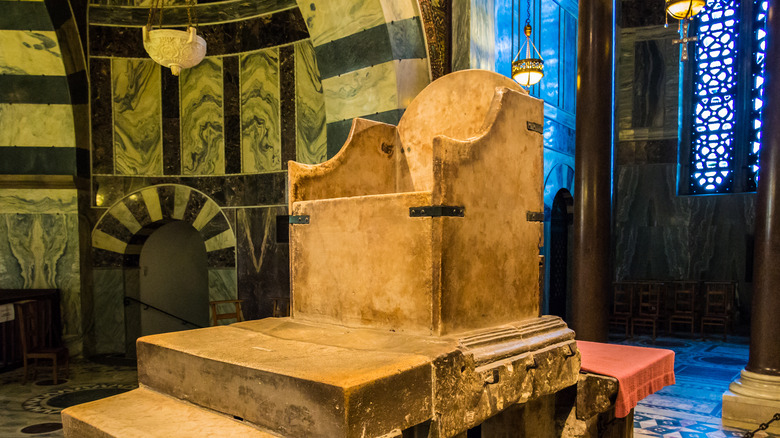What Really Happened After Charlemagne Died?
In A.D. 800, the Western Roman Empire had been officially dissolved for 324 years. The fall came after several preceding decades of invasion and political decline. And while the Eastern Roman Empire continued to survive and expand in the following centuries, Western Europe was carved into various local kingdoms as papal authority established itself in the city of Rome. Charlemagne, King of the Franks, ruled over one of the largest post-Roman states and developed a close relationship with the papacy. Indeed, he offered protection from and crusaded against the institution's enemies.
With multiple threats to contend with — such as the Lombards in Italy and the Moors in Spain — the Pope opted to consolidate the power of his greatest ally by crowning him Emperor of the Romans. Charlemagne ruled eagerly in this capacity until his death in 814 and is remembered as having been an effective leader (via ThoughtCo). Despite this, his empire collapsed almost as soon as he died.
Charlemagne's many heirs led the empire to fracture
Charlemagne built a large family in his lifetime. According to History, he had as many as 18 children between eight women, though only four legitimate grandchildren followed them (likely in part due to his remarkably protective attitude toward the prospective suitors of his daughters). When he died, his empire included much of modern France, western Germany, and Northern Italy, and his potential heirs fractured the empire along these lines in their efforts to become emperor (via Penfield).
Charlemagne's death and the separation of his empire also ended one of the last best hopes for unification between the Catholic and Eastern Orthodox churches. While the Schism between Rome and Constantinople did not come to pass until 1054, the two institutions were distinct from one another by this point (via National Geographic). In 802, however, Charlemagne sent a marriage proposal to Byzantine Empress Irene of Athens (via Britannica). The offer was ultimately turned down, but had it materialized, the merging of Byzantine and Frankish territory could have acted as a functional rebirth of the Roman Empire.

